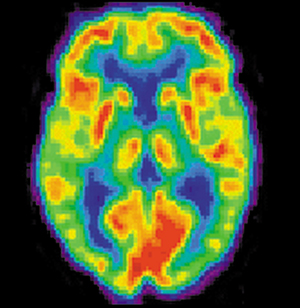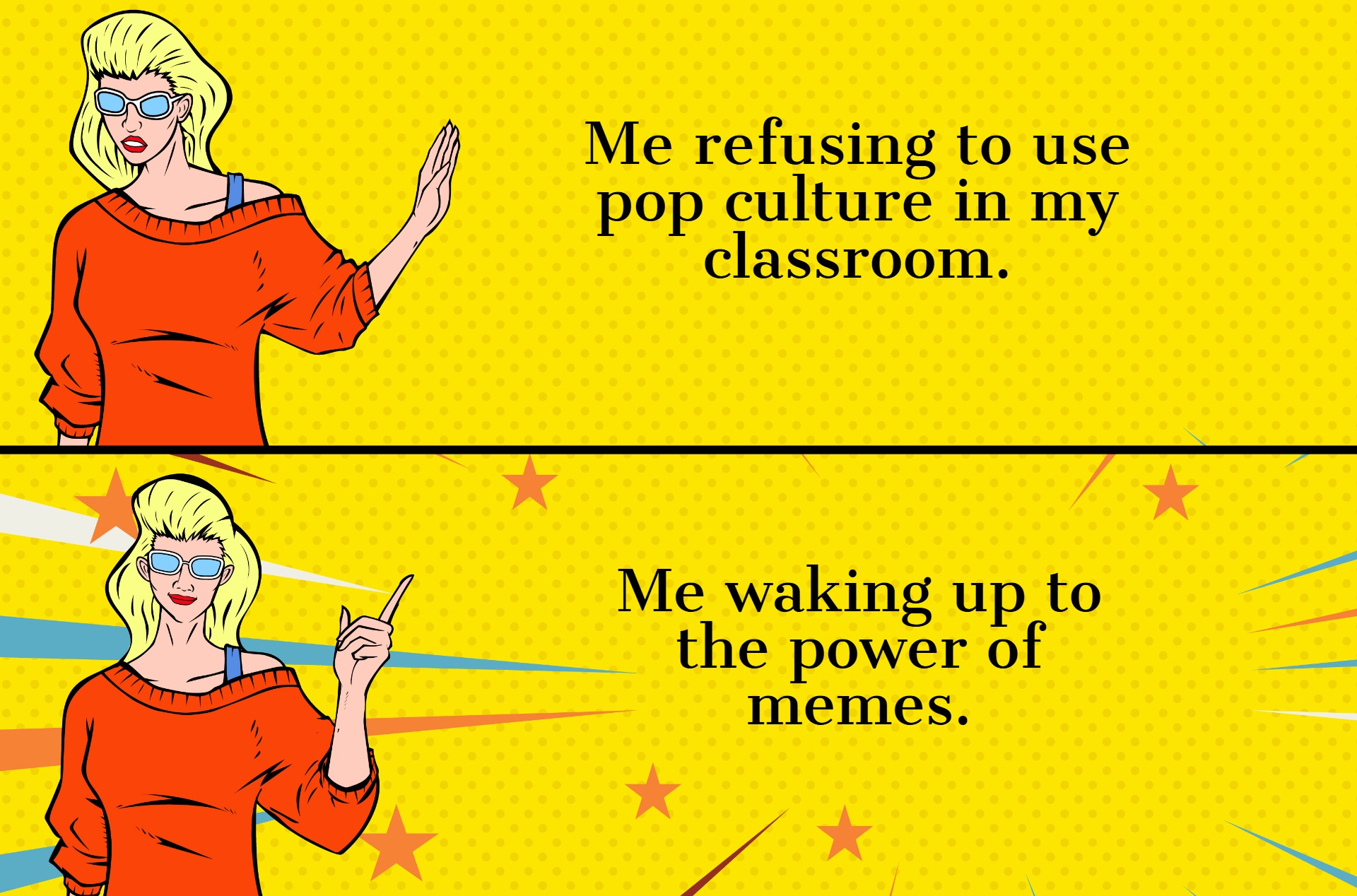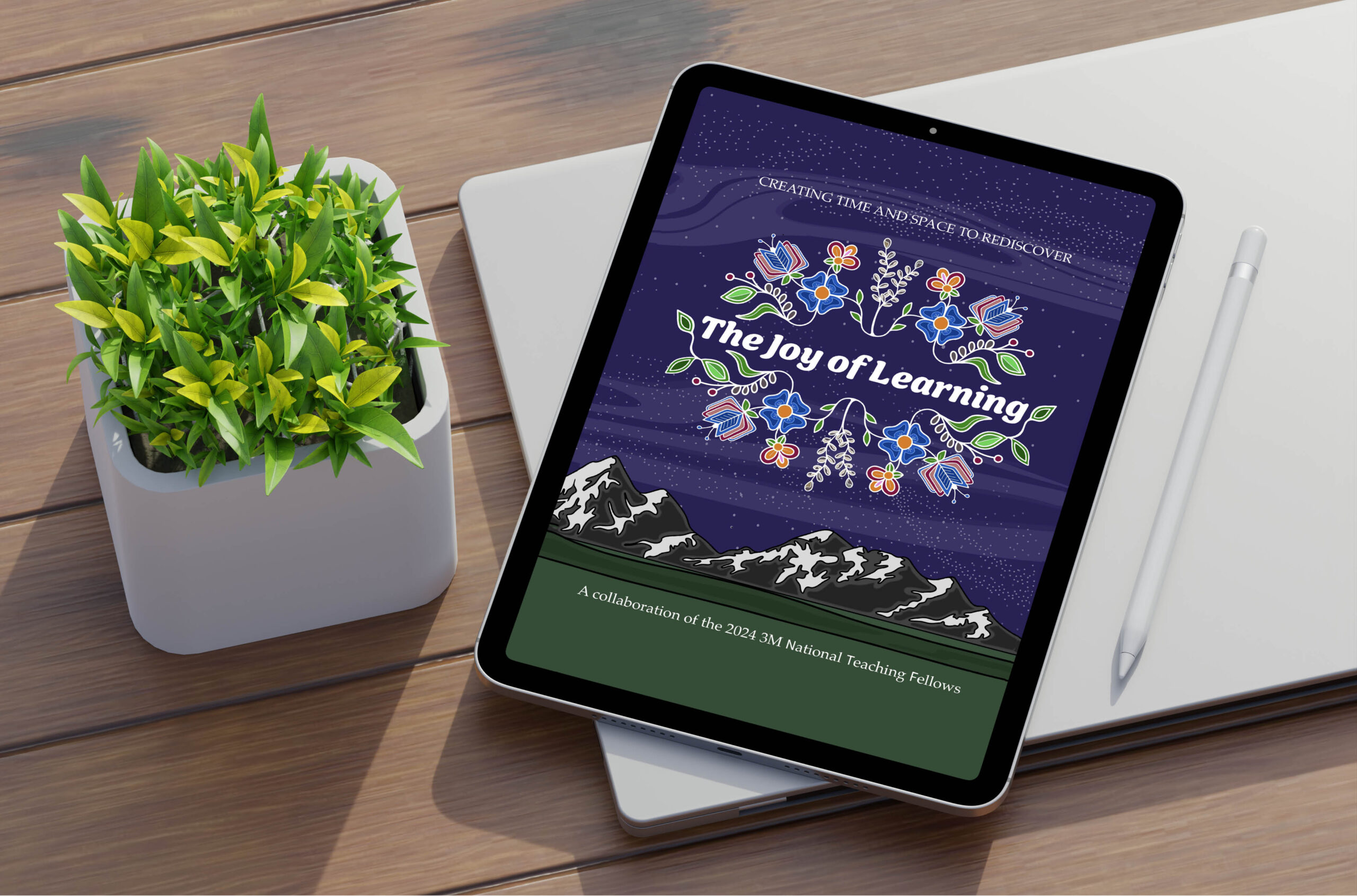Three ways to use colour effectively in grant applications
Ineffective colour can make an otherwise compelling image incomprehensible.

Question:
@lertitia It’s grant application season, which means I’m making graphics. I have no background in design. Any recommendations for making my timeline and other images look good? #AskDrEditor
— Michelle Stack (@MichelleLStack) August 19, 2019
Dr. Editor’s response:
I’m delighted to hear that you’re including images in your grant applications, as photographs and other visuals appear to make new information easier to understand (Mayer 2008), more credible (Fenn et al. 2013), and more memorable (Sargent 2007).
These general claims about images, though, will only apply in your application if your graphics are clear and comprehensible. One underappreciated aspect of good visuals is the effective use of colour — but ineffective colour can make an otherwise compelling image incomprehensible. Here’s what you need to know to make full-colour images work for the greatest possible number of readers:
1. Avoid the rainbow
If your image is a representation of data — for instance, a climate map or a brain scan — don’t use the full spectrum of colours in your image. What does it look like when you use the full rainbow of colour in your images? It looks something like this:

Rainbow colour schemes like the above are a poor way to represent data because of how our brains process colour. We’ll perceive discrete bands of blue, green, and yellow, and misinterpret these hues as representing discrete ‘bands’ of data — but these bands may falsely unify data that shouldn’t be clustered. Some data in the green band may have only 1 or 0.1 units of difference from some data in the yellow band, yet our eyes will interpret the two areas as being dramatically distinct because of how we perceive the rainbow scale.
The rainbow thus “can introduce false perceptual thresholds in the data (or hide genuine ones); they may also mask fine detail in the data” (Hawkins 2015).
Ever wonder ‘why’ exactly rainbow colormaps are bad? In our EuroVis paper, we provide empirical evidence that they perceptually discretize continuous data. Turns out that the discretization happens in unpredictable ways for different datasets. Sorry 🌈 👎 https://t.co/UuMem45kkh pic.twitter.com/QaL7i55NLO
— Lace Padilla (@LacePadilla) May 28, 2019
Dr. Robert Kosara, who works for the data visualization software company Tableau, provides additional detail about the problems with rainbow colour scales in his 2013 blog post, “How the Rainbow Color Map Misleads.”
So if you’re not using the full colour spectrum, what should you use? If you use R for statistical computing and graphics, you might can look into colour schemes like viridis, a colour spectrum that moves from yellow through green to deep blue. Dr. Lace Padilla, a data visualization specialist at UC Merced, likes the ColorBrewer suite of pallets for cartography. You can find other recommended colour schemes by searching online for keywords like “perceptually uniform colormaps” and “scientific rainbow visualization.”
2. Think harmony
Suppose you don’t use R or Python or any other sophisticated software to create your visuals. Suppose you can’t download a set of intuitive and accurate colour pallets designed by data visualization specialists. I still advise against using the full rainbow of colours, as they won’t render well if you reader prints your grant application in black and white, and they’ll be hard to interpret for the 10 percent of your male readers who have colour blindness.
Instead, choose colour schemes with a pleasant visual harmony, like analogous triads or split-complementary triads (see images below). These colours tend to look good together, as they often balance congruity with the contrast necessary to communicate your information clearly. For a more in-depth review, look into the excellent Non-Designer’s Design Book by Robin Williams.

One option, as a starting point: find your institution’s brand guidelines, which will contain official colours that your university’s communications people use when publishing documents. For instance, U of T’s official colour is dark blue, and you can replicate their official shade by highlighting an element of your image (say, a line or a box), locating the “customize colour” feature of your software, selecting the option to enter your own colour choice, and then entering U of T’s official colour: Red 0, Green 42, Blue 92:

You can then continue to select colours from your institution’s brand guidelines, or to select shades and hues that seem, to your eye, to correspond to analogous colours (eg, aqua, light blue, and dark blue) or a split-complement triad (eg, dark blue, yellow, and orange; or blue, yellow-orange, and red-orange).
One final note on customizing colours: technically, RGB colours (like the above) are supposed to be used for digital displays, and CMYK (cyan, magenta, yellow, and black) colours for print. But do your expect your reader to be printing your grant application in full colour? And if they do so, do they need to replicate your hues exactly? For a publication that you’ll print, customize using CMYK — or, better still, work with a graphic designer or someone from your department’s communications team. For a grant application, though, RGB will work just fine — and you can always double-check by printing in full colour.
3. Think accessible
Once you’ve created your image, use a free online tool like Coblis to assess whether your graphic is legible for reviewers who are colour-blind. Most colour-blindness simulators will also include an option to view your image as a person with monochromacy, also known as total colour blindness; this option will give you a good sense of what your image will look like when printed in black and white. You should, of course, also print your image to double-check its legibility, just in case your reader is old-school.
Finally, review your image with a critical eye to ensure that it follows the Canadian National Institute for the Blind’s Clear Print Accessibility Guidelines. As our institutions diversify, we’ll have more and more people with vision loss in our reviewer pools. Many of these reviewers will use screen magnifiers to read your application. Fortunately, CNIB’s clear print guidelines help sighted people to understand images as well as they help those with vision loss — so even if none of your reviewers are blind, you’ll still end up with great images by following the CNIB’s recommendations. Relevant guidelines include:
- Use high-contrast colours, so that, for example, you don’t have yellow text on a white background, or blue text on a bold background.
- Use black for text as much as possible; save coloured text for headlines and titles.
- Use as large a font size as possible.
- Use standard, sans-serif fonts — see the end of my September 2018 column for some recommendations.
My thanks to Laura Yvonne Bulk for calling my attention to the CNIB’s Clear Print Accessibility Guidelines.
Want an editor to review your grant application before you submit? You can hire me, or learn how to hire one of my excellent colleagues from Editors Canada.
Featured Jobs
- Psychology - Assistant Professor (Speech-Language Pathology)University of Victoria
- Canada Excellence Research Chair in Computational Social Science, AI, and Democracy (Associate or Full Professor)McGill University
- Veterinary Medicine - Faculty Position (Large Animal Internal Medicine) University of Saskatchewan
- Business – Lecturer or Assistant Professor, 2-year term (Strategic Management) McMaster University
















Post a comment
University Affairs moderates all comments according to the following guidelines. If approved, comments generally appear within one business day. We may republish particularly insightful remarks in our print edition or elsewhere.